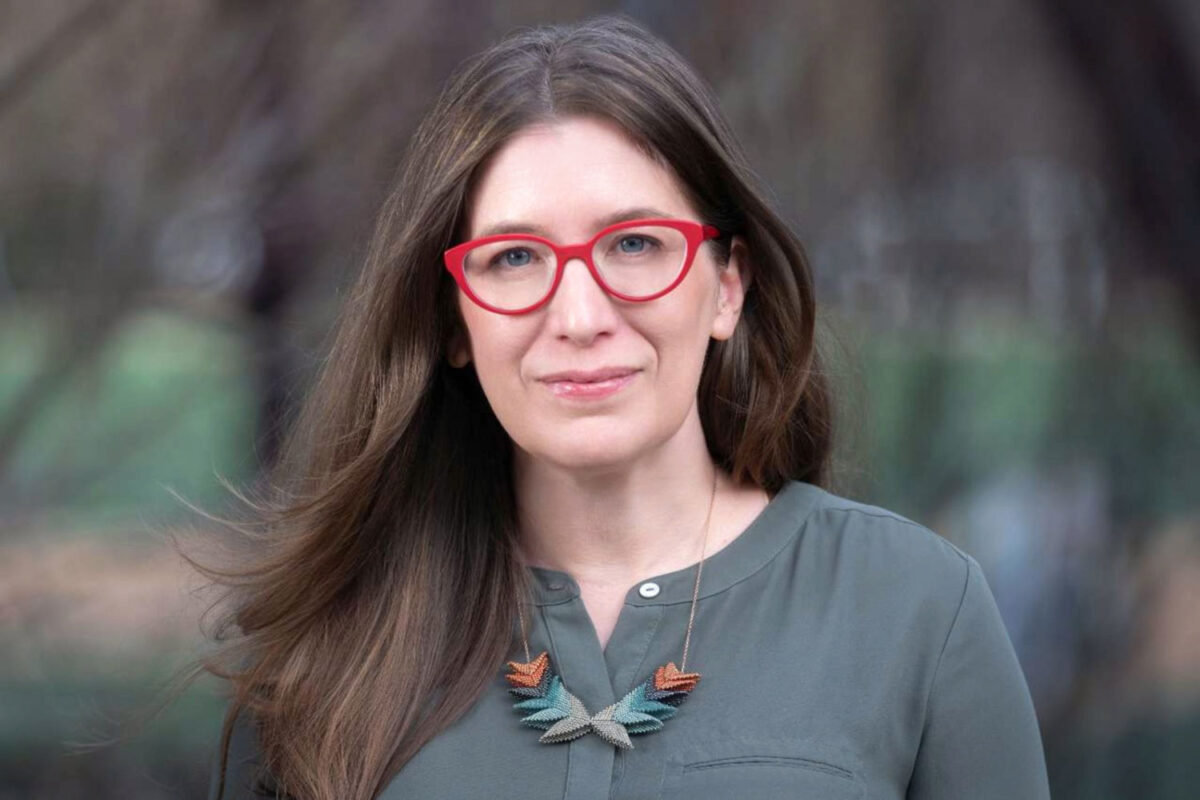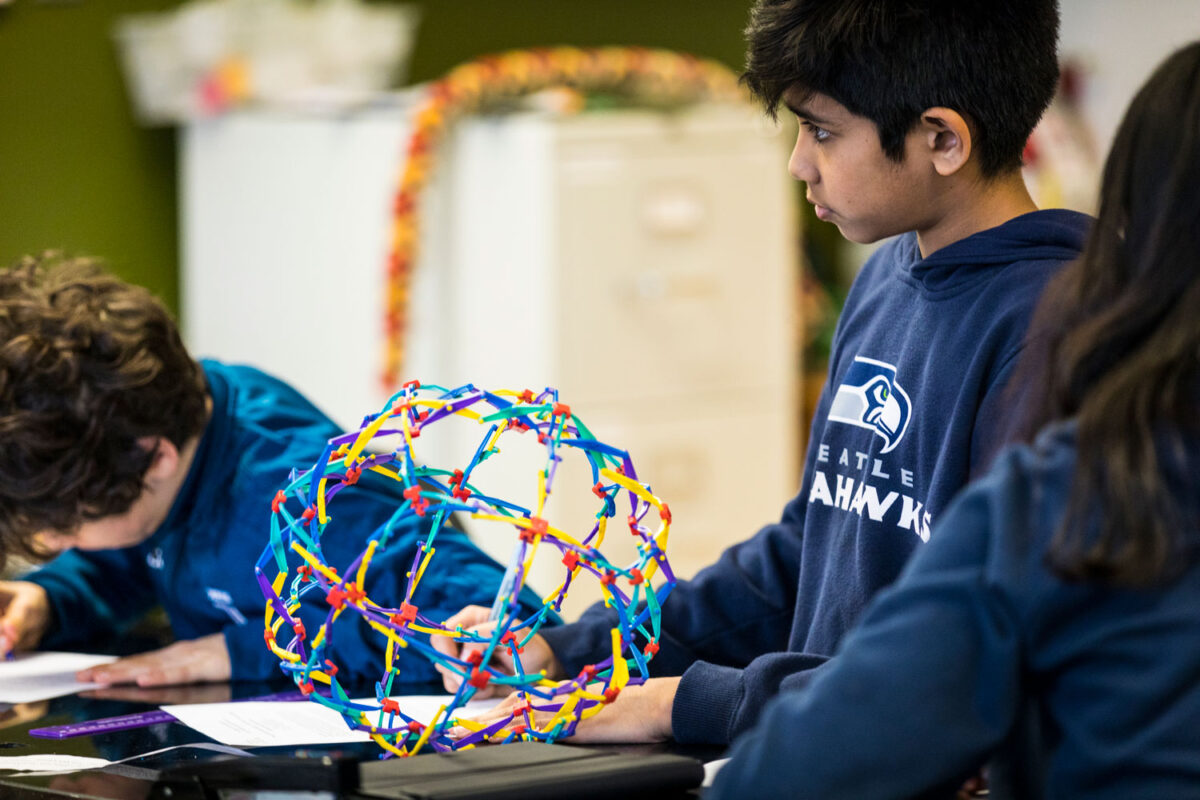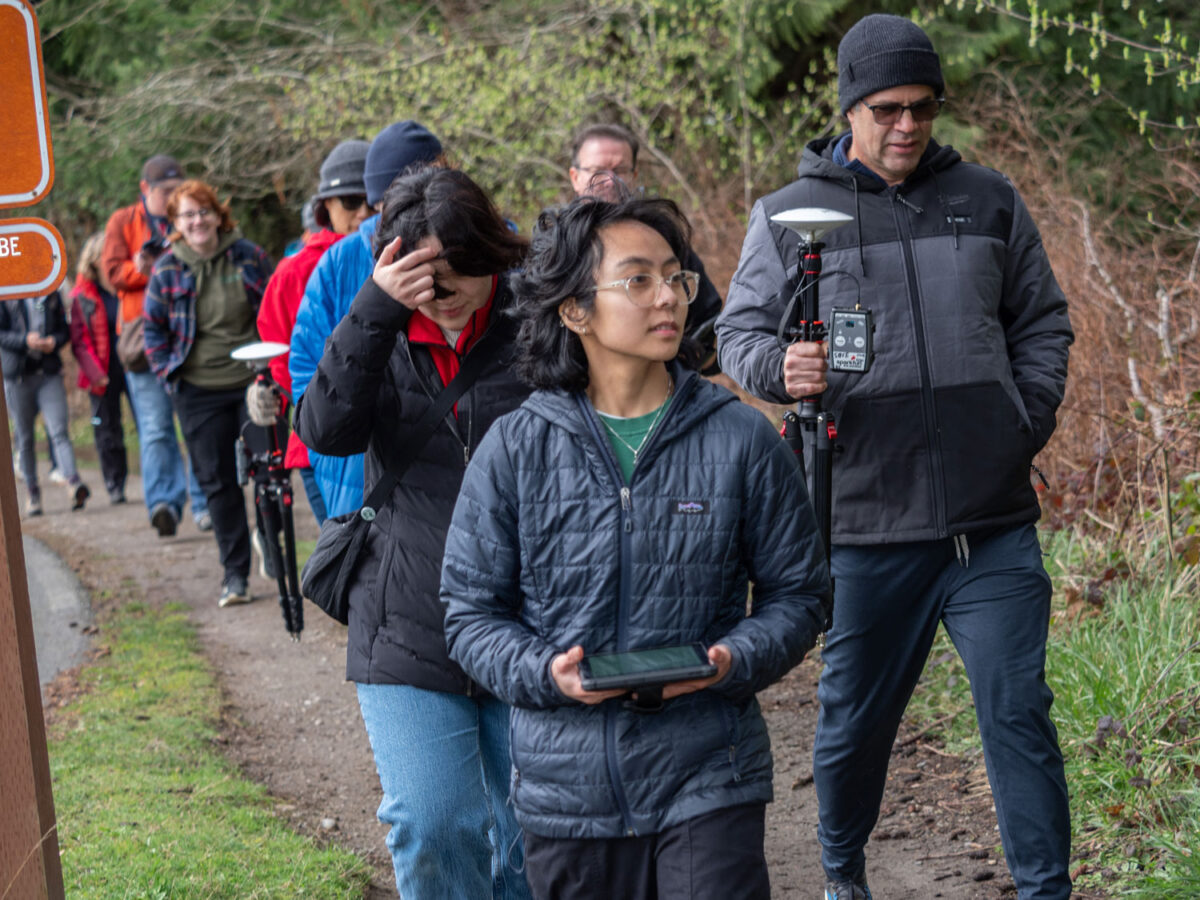First launched in 2010, GoFundMe offers individuals a means to fundraise for a wide range of personal causes, from travel and education to disaster relief and financial emergencies. Soon after, the website also gained traction in another area of great financial need — medical care.
“I was fascinated with what was happening at the time with these burgeoning internet crowdfunding spaces related to charity, and I noticed that a really large number of the campaigns were for what appeared to be core medical needs for Americans,” said Dr. Nora Kenworthy, associate professor in the University of Washington Bothell’s School of Nursing & Health Studies.
Seeing this trend left her with a lot of unanswered questions, she said. “Why is crowdfunding so popular? What makes a crowdfunding campaign successful? And how is it that something that can give us these warm, charitable feelings can at the same time make us feel profoundly uncomfortable about why it’s happening?”
These questions proved to be the foundation for more than a decade of research into the topic. In her recently published book, “Crowded Out: The True Costs of Crowdfunding Healthcare,” Kenworthy shares some of the answers she’s discovered.
Collaborative beginnings
Kenworthy’s foray into crowdfunding research began as a collaborative project with fellow UW Bothell faculty member Dr. Lauren Berliner, associate professor in the School of Interdisciplinary Arts & Sciences. Her work then continued over the years through numerous projects with both student and faculty researchers.
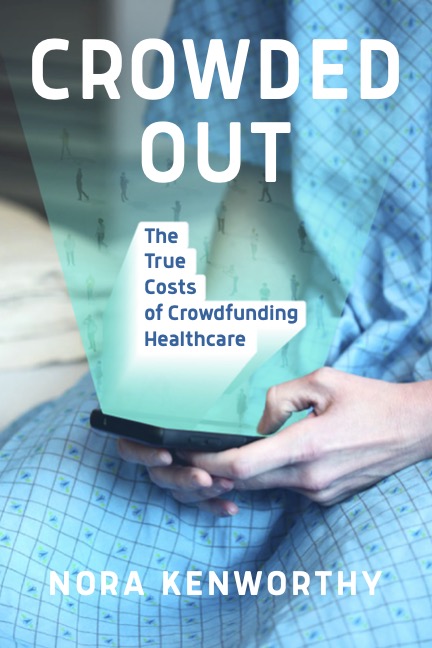
Among them is Dr. Jin-Kyu Jung, IAS professor, who joined the effort as a mapping and GIS (geographic information systems) expert.
“I feel quite fortunate to be part of an interdisciplinary collaboration with Nora and her students, Jung said. “Several years of intensive qualitative, quantitative and geospatial efforts helped me better understand the experience of people using GoFundMe and how critical and creative health and mapping projects of publicly oriented scholarship are (re)making knowledge about the hidden geographies of a new digital media landscape.”
Jung’s work focused on GIS-based analysis of how socio-economic, health and racial inequities shape the prevalence, proliferation and outcomes of crowdfunding campaigns. One of the outcomes of his work was an interactive website, GoFundUs, that features mapping visualizations of crowdfunding campaign data, stories about crowdfunding experiences and other data.
Sharing answers
Although she didn’t set out to create a larger body of work, Kenworthy realized in speaking with family, friends and neighbors who had crowdfunding experiences to share that others were wrestling with some of the same questions she had.
“I really wrote the book to try and give people a conceptual vocabulary for how to understand why this thing is happening, why it’s so popular and what it reflects about our broader systems of health care, charity and social support that we have in the U.S. — or don’t have,” she said. “This has become an informal infrastructure of crisis response and medical care in the U.S., and how is it changing the way that we think about who gets help and on what terms?”
One of the themes she explores in her book is that of selective deservingness, or the idea that not everyone deserves help equally. With crowdfunding, everyday people are given the opportunity to decide who is most deserving of their support, and, too often, biases affect the outcomes. Racial discrimination, she noted, is unfortunately a common factor, as is the perceived notion of how upstanding a person is or how hard working they appear to be.
Along with the numbers and data in her book, Kenworthy also weaves real-life stories of the people she interviewed during her research.
This (GoFundMe) has become an informal infrastructure of crisis response and medical care in the U.S., and how is it changing the way that we think about who gets help and on what terms?
Dr. Nora Kenworthy, associate professor, School of Nursing & Health Studies
Campaign outcomes
One of the stories she includes in the book is about a man named Trevor, a single dad from Arkansas who struggled to recover from injuries and to afford insulin. He started a crowdfunding campaign but never shared it with anyone he knew.
“He started looking around at all these other campaigns with really tragic stories, and he just felt like his story was not tragic enough to justify the shame he felt asking family and friends for help,” Kenworthy said. “He put his campaign up there and just hoped someone would come along and find it and help him out.”
Trevor’s campaign raised zero dollars in more than a year. His story, she said, is not an uncommon one.
In harsh juxtaposition to Trevor’s situation, Kenworthy also came across the story of a local media celebrity whose coworkers launched a campaign for him after he got hit by a car. With their existing media connections and social media following, the campaign was a success.
Crowdfunding often requires skills that not everyone possesses, Kenworthy noted. But also, some stories simply tend to do better. The expensive one-time surgery or treatment often garners more support than ongoing lifelong needs such as insulin.
Moving upstream
One of the common characteristics Kenworthy discovered across medical crowdfunding campaigns was that they called for downstream interventions.
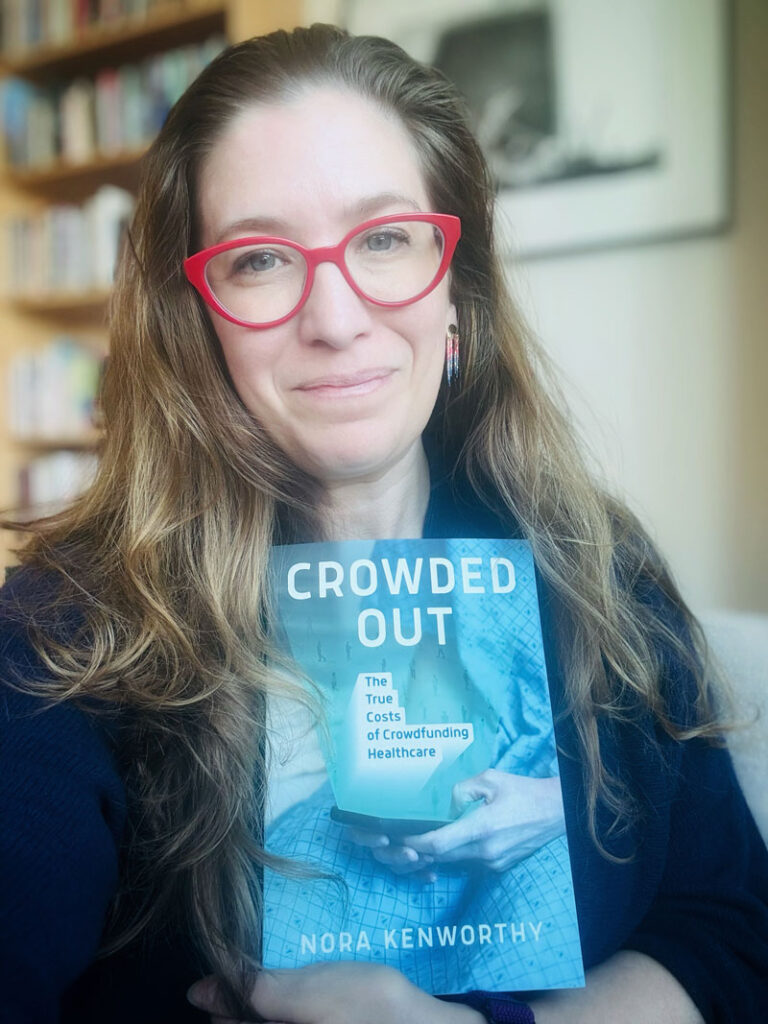
“This is the idea that you’re pretty much catching people after they’re already sick. They’ve sort of fallen into that river of illness, and we’re doing what we can to drag them out of it. But, it’s resource intensive, and it’s often much more expensive and emergent,” Kenworthy said.
“A lot of the best public health work happens way upstream before people become severely ill.”
Devoting more resources to upstream solutions, she added, could be far more effective. Solutions such as reducing drug costs, changing the way that drug patents are protected and improving insurance coverage plans could prevent the need for some of these medical campaigns.
“There’s a lot that we can do where our resources would actually go a lot further and where the intervention itself would be a lot fairer in terms of catching everyone rather than forcing people to do this on an individual basis.”
A helping nature
At the heart of Kenworthy’s research is a desire to find better ways for people to channel their desire to care for one another.
“Ultimately, I believe crowdfunding comes out of this innate human desire to help each other out when we’re in a tough spot,” she said, “and that could be harnessed to so much more powerful ends.”
She hopes that the takeaway readers have from her book is not to disengage from crowdfunding but to have a greater awareness of where it sits in the bigger picture.
“I’m really trying to look more broadly at the things we can do in the short term, the medium term and in the long term in order to make us less reliant on crowdfunding and to make our ways of caring for each other fairer and more sustainable.”
On Tuesday, May 28, Kenworthy will be speaking at a Town Hall Seattle event about her book, which is now available in most bookstores. The event will be offered both in person and by live stream.

